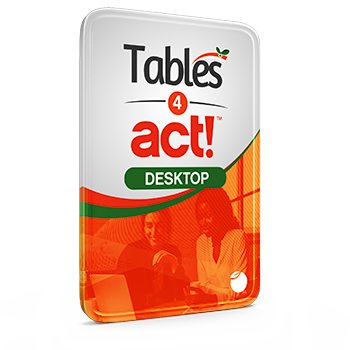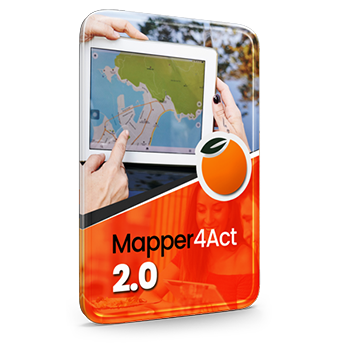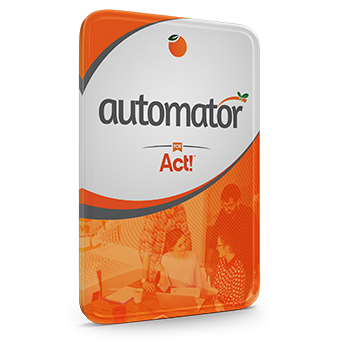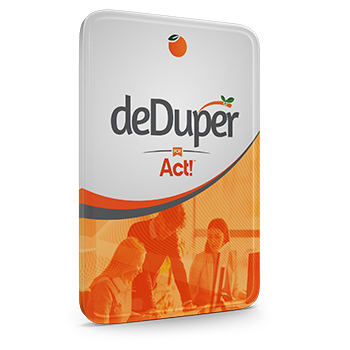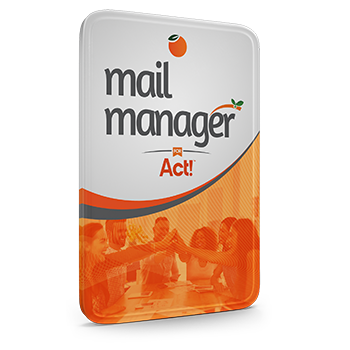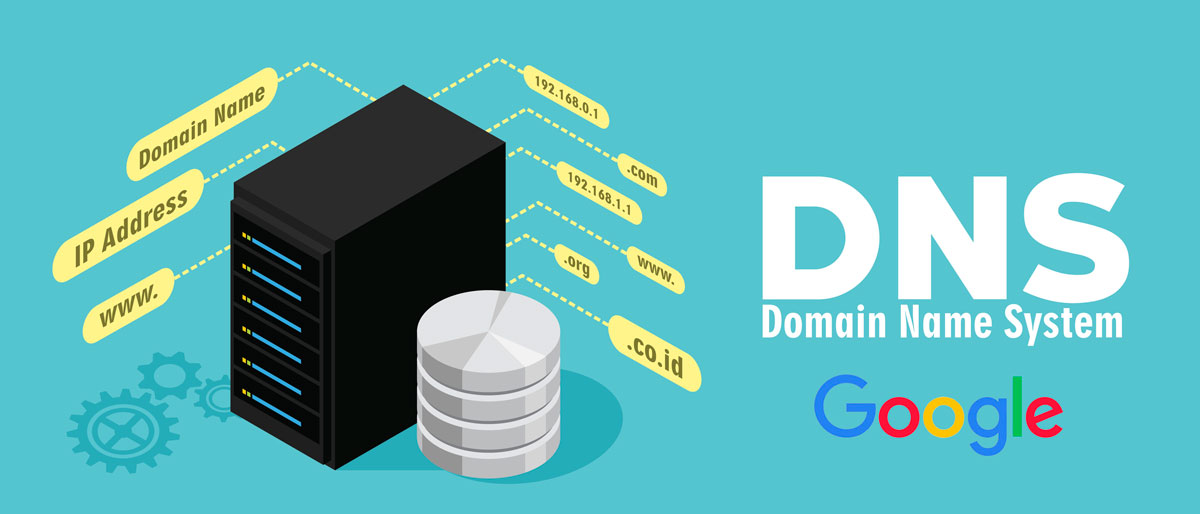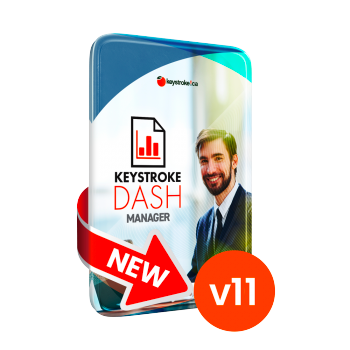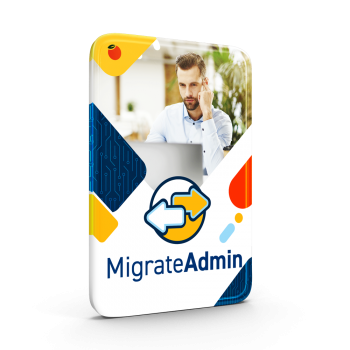Introduction
By default Act! Marketing Automation does not fully authenticate their email servers against your domain. While this still allows for inbox placement for a great number of your recipients, it can make sending email to public domains like Yahoo, Google, or AOL difficult. Those systems are constantly fighting against spammers, specifically those who spoof email addresses for nefarious purposes. To counteract this they rely on an authentication system called DMARC. DMARC is comprised of two different primary parts; A SPF record, and a DKIM key. Both of those parts fall under the TXT record category below. While this DKIM key exists on your domain it will treat email sent through the AMA servers on your behalf with the same regard as if they came from your own email service. This is single-handedly the most comprehensive way for your emails to consistently arrive in the inbox, and a good first step to take on your path to using Act! Marketing Automation.
When using Google Cloud services, you might occasionally need to change your domain's DNS settings. Here are some common terms you might encounter, along with how they apply to Google services.
DNS
DNS stands for Domain Name System. This system is essentially the phone book of the Web that organizes and identifies domains. While a phone book translates a name like "Acme Pizza" into the correct phone number to call, the DNS translates a web address like "www.google.com" into the physical IP address—such as"74.125.19.147"—of the computer hosting that site (in this case, the Google homepage).
When using Google Cloud services, you periodically need to modify your DNS settings to set up various tools and services. You do this by changing various types of DNS records. You change your domain's MX records, for example, to direct email for your domain to Google's mail servers.
MX Record
Mail Exchange (MX) records direct a domain's email to the servers hosting the domain's user accounts. To set up Gmail if you have G Suite, you need to point your MX records to Google mail servers. Multiple MX records can be defined for a domain, each with a different priority. If mail can't be delivered using the highest priority record, the second priority record is used, and so on.
For details, see Set up MX records for G Suite and Gmail.
TXT Record
A TXT record is a DNS record that provides text information to sources outside your domain, that can be used for a number of arbitrary purposes. The record's value can be either human- or machine-readable text. With Google Cloud services, TXT records are used to verify domain ownership and to implement email security measures such as SPF, DKIM, and DMARC.
To add and modify TXT records for your domain, see About TXT records.
CNAME Record
A CNAME or Canonical Name record links an alias name to another true or canonical domain name. For instance, www.example.com might link to example.com. With Google Cloud services, you use CNAME records to customize a Google service address or the address of a web site built with Google Sites.
To add and modify CNAME records for your domain, see About CNAME records.
A Record
An A or Address record (also known as a host record) links a domain to the physical IP address of a computer hosting that domain's services. With Google Cloud services, you can add an A record to enable your "naked" domain address.
To add and modify A records for your domain, see About A records.
NS Record
Name server (NS) records determine which servers will communicate DNS information for a domain. Generally, you have primary and secondary name server records for your domain. When using Google Cloud services, you may configure NS records that point to Google servers for DNS queries.
Time To Live (TTL)
The TTL is a value in a DNS record that determines the number of seconds before subsequent changes to the record go into effect. Each of your domain's DNS records, such as an MX record, CNAME record, and so on, has a TTL value. A record's current TTL determines how long it will take any change you make now to go into effect. Changes to a record that has a TTL of 86400 seconds, for example, will take up to 24 hours to go into effect.
Note that changing a record's TTL affects how long it will take any subsequent change to happen. We recommend setting a TTL value of 3600, which tells servers across the Internet to check every hour for updates to the record. The shorter TTL will only take effect after the prior period expires. This means that next time you update the record, your change will take up to one hour to go into effect. To make subsequent changes happen even more quickly—for example, if you think you might want to quickly revert a change—you can set a shorter TTL, such as 300 seconds (5 minutes). Once the records are configured correctly, we recommend setting a TTL value of 86400, which tells servers across the Internet to check every 24 hours for updates to the record.
Uniform Resource Locator (URL)
A URL is the web address of a resource on the Internet. This is the address you type in a browser to visit a particular web site. For example, the URL of the G Suite Administrator Help Center is http://support.google.com/a.
Example DNS configuration
Here are sample DNS settings for a domain used with Google Cloud services.
Note that you don't use the actual domain name in your DNS settings. Instead, you use the @ symbol to indicate the domain name.
| Name / Host / Alias | Record Type | Priority | Value / Answer / Destination |
|---|---|---|---|
| Blank or @ | A | NA | 216.239.32.21 |
| Blank or @ | A | NA | 216.239.34.21 |
| Blank or @ | A | NA | 216.239.36.21 |
| Blank or @ | A | NA | 216.239.38.21 |
| Blank or @ | MX | 1 | ASPMX.L.GOOGLE.COM. |
| Blank or @ | MX | 5 | ALT1.ASPMX.L.GOOGLE.COM. |
| Blank or @ | MX | 5 | ALT2.ASPMX.L.GOOGLE.COM. |
| Blank or @ | MX | 10 | ASPMX2.GOOGLEMAIL.COM. |
| Blank or @ | MX | 10 | ASPMX3.GOOGLEMAIL.COM. |
| CNAME | NA | ghs.googlehosted.com. | |
| Blank or @ | TXT | NA | google-site-verification=6tTalLzrBXBO4Gy9700TAbpg2QTKzGYEuZ_Ls69jle8 |
| Blank or @ | TXT | NA | v=spf1 include:_spf.google.com ~all |
| www | CNAME | NA | ghs.googlehosted.com. |


